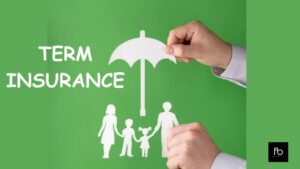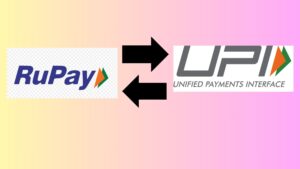All of us dream of living a debt free life. The truth is that many times we need the help of debt to create assets and achieve milestones like buying a house, buying a car, starting a business, expanding a business etc. While debt is a necessary part of our lives we must be able to manage it to our own advantage. Debt should help us achieve our targets. It should not become a burden on our lives. In today’s article we will understand guidelines around how much debt to take, how to manage debt and use it to our advantage and how to repay it.
1. Create a budget to know how much you can pay monthly for loan EMI
It is important to budget your monthly expense and have a fair idea of how much you are spending from your take home income each month. By take home income, we mean income after tax. Follow the 50-30-20 rule when you prepare your budget. 50% of your take home money should be towards your needs, 30% towards wants and 20% towards savings. You can slice the portion of wants to make funds available for debt repayment.
2. Debt thumb rule
You need to be clear about just how much debt is sustainable. As a thumb rule your total debt should not exceed 36% of your monthly gross total income.
- 28% of monthly take home income – Home loan EMI payments
- 36% of your monthly take home income – Total debt (including home loan EMI, car loan, credit cards etc.)
If sticking to the above thumb rule seems difficult, you should defer taking the loan until you reach a more sound financial position. In any case your debt payouts should not exceed 40% of your monthly take home salary.
3. Ways to repay debt
For those who have an existing debt, repayment becomes a priority. There are two methods of repaying debts.
- Snowball method – Here you pay the smallest loan first as quickly as you can. You pay only the minimum amount due on the other debts. Then you take the remaining amount and pay the next smallest debt. This process continues till all the debts are paid off.
- Avalanche method – Here you pay the debt with highest interest rate first. When the higher interest debt is paid off you have more money available. You can use this money to pay the loan with the next highest interest rate. This process continues till all loans are repaid. By repaying loans that are the most expensive to carry in the long run, you end up paying less over time as the higher interest loans are nullified first.
4. Use Auto pay facility to make debt payments
Make use of the auto pay facility for loan EMI’s and credit card bills. This will ensure all your debts are paid in time each month. It also helps to build a strong credit history in the long term. Moreover you can avoid late payment penalties and fines when you use auto pay.
5. Repay more debt whenever you can
It is important to repay more of the outstanding loan amount whenever possible. This helps to reduce the interest payment in the long run. Any sales bonus or quarterly, semi-annual bonus, can be set aside for repaying the loan principal amount. Any windfall gains from your investments can be used to repay debt. Passive income can be used for loan repayments.
6. Carefully analyze before you take more debt
Before you take on debt, use the above guiding rules to check if you have the appetite to take on a new loan and repay it. Factor in funds required for emergencies, your projected expense over the next five years, life events like wedding, child birth, children’s education expense etc. before you arrive at a conclusion.
The ideal way of life is to be debt-free but most of us do not have ample money to achieve our goals and also remain debt free at the same time. Debt is a fantastic tool if used wisely. It can help us to reach our goals with limited funds of our own.



